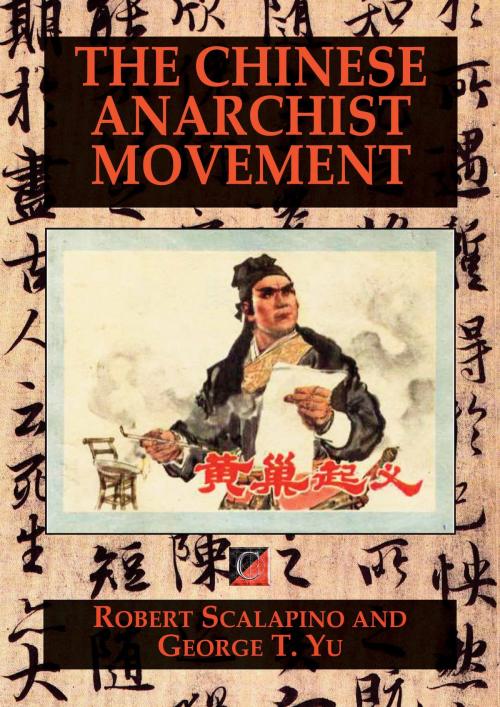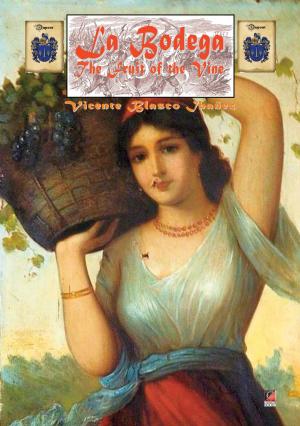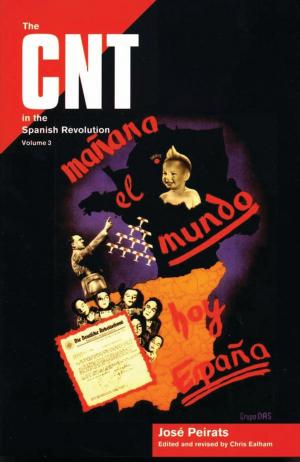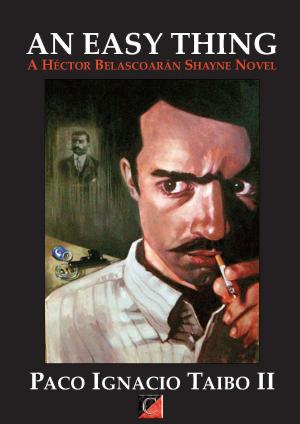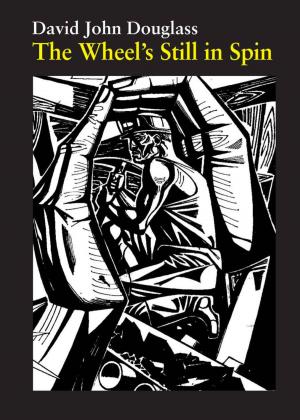| Author: | Robert Scalapino, George T. Yu | ISBN: | 1230001688344 |
| Publisher: | ChristieBooks | Publication: | May 22, 2017 |
| Imprint: | ChristieBooks | Language: | English |
| Author: | Robert Scalapino, George T. Yu |
| ISBN: | 1230001688344 |
| Publisher: | ChristieBooks |
| Publication: | May 22, 2017 |
| Imprint: | ChristieBooks |
| Language: | English |
Chinese Anarchists were inspired by the ideas of Pierre Proudhon, Michael Bakunin, Peter Kropotkin and Elisée Reclus. Many were exposed to Anarchist ideas while they were students in Europe and Anarchist books were soon translated into Chinese and Esperanto, a popular language among Chinese students. They used the term “Anarchist Communist” interchangeable with the word “Anarchist.” The Chinese words for Anarchist-Communist (Wu-Zheng-Fu Gong-Chan) literally meant “Without Government Common Production” and in no way implied Bolshevism or Maoism. On the contrary, theirs were the Libertarian Socialist ideas of the First International which reflected the traditional Chinese Anarchistic teachings of Lao Tzu while Maoism reflected the authoritarian bureaucracy of Confucianism.
Like the word “communism”, the word “collectivism” also has a different literal meaning in Chinese than when it is commonly used in English. In Chinese, the word for a “collective enterprise” (Ji-ti Qi-ye) literally means an assembly of people in a bureaucracy (a “tree of people”) — very different from our understanding of Michael Bakunin’s Collectivism or a workers’ collective — more like Bolshevism or Fabian Socialism — The Chinese Anarchist Shih Fu substantiated this translation by identifying Karl Marx as the father of “collectivism” in his writings.
Historically, Marxism was unable to make inroads into China until after the Russian Revolution of 1917 when Lenin’s followers, bankrolled by the Bolshevik government, began their attacks on Anarchists in Russia and neighboring countries. This book describes some of the early history of Chinese Anarchism up to the period after the Bolshevik counter-revolution when Russia began to send Marxist-Leninist missionaries like Chou En-lai to try to try to infiltrate and take over the student movements in Europe. It includes some of the ideological debates which ensued between Chinese Anarchists and their Marxist-Leninist adversaries.
Chinese Anarchists were inspired by the ideas of Pierre Proudhon, Michael Bakunin, Peter Kropotkin and Elisée Reclus. Many were exposed to Anarchist ideas while they were students in Europe and Anarchist books were soon translated into Chinese and Esperanto, a popular language among Chinese students. They used the term “Anarchist Communist” interchangeable with the word “Anarchist.” The Chinese words for Anarchist-Communist (Wu-Zheng-Fu Gong-Chan) literally meant “Without Government Common Production” and in no way implied Bolshevism or Maoism. On the contrary, theirs were the Libertarian Socialist ideas of the First International which reflected the traditional Chinese Anarchistic teachings of Lao Tzu while Maoism reflected the authoritarian bureaucracy of Confucianism.
Like the word “communism”, the word “collectivism” also has a different literal meaning in Chinese than when it is commonly used in English. In Chinese, the word for a “collective enterprise” (Ji-ti Qi-ye) literally means an assembly of people in a bureaucracy (a “tree of people”) — very different from our understanding of Michael Bakunin’s Collectivism or a workers’ collective — more like Bolshevism or Fabian Socialism — The Chinese Anarchist Shih Fu substantiated this translation by identifying Karl Marx as the father of “collectivism” in his writings.
Historically, Marxism was unable to make inroads into China until after the Russian Revolution of 1917 when Lenin’s followers, bankrolled by the Bolshevik government, began their attacks on Anarchists in Russia and neighboring countries. This book describes some of the early history of Chinese Anarchism up to the period after the Bolshevik counter-revolution when Russia began to send Marxist-Leninist missionaries like Chou En-lai to try to try to infiltrate and take over the student movements in Europe. It includes some of the ideological debates which ensued between Chinese Anarchists and their Marxist-Leninist adversaries.
